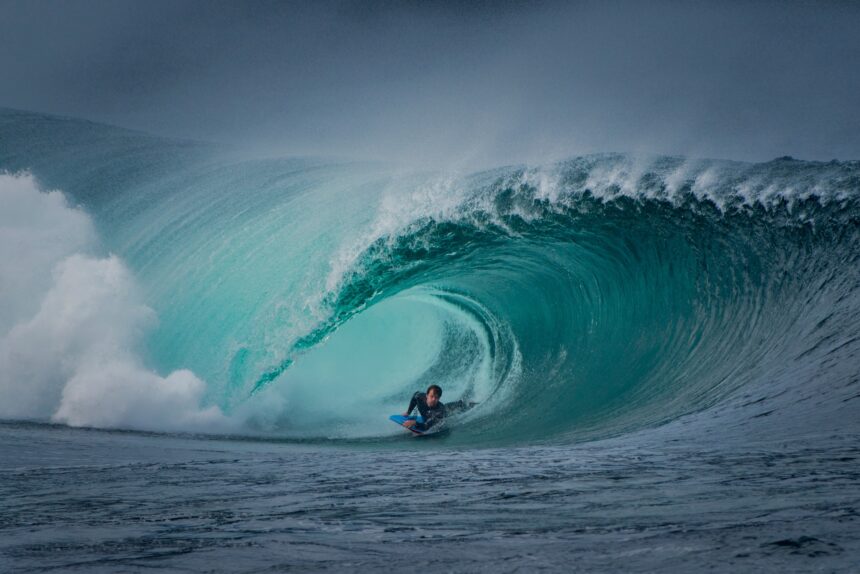Gaelic Football: An Overview
Gaelic football is a traditional Irish team sport that combines elements of soccer and rugby. It is governed by the Gaelic Athletic Association (GAA) and is played predominantly in Ireland, although it has gained popularity in other countries with Irish communities. The sport is characterized by its fast pace, physicality, and the unique skills required to play effectively. This article delves into the techniques, rules, and playing strategies that define Gaelic football.
Understanding the Basics of Gaelic Football
Gaelic football is played on a rectangular pitch, similar to a soccer field, with two goals at either end. Each team consists of 15 players, including a goalkeeper. The objective is to score points by either kicking or punching the ball into the opponent’s goal (3 points) or over the crossbar (1 point).
Key Rules of the Game
The rules of Gaelic football are distinct and contribute to the sport’s unique character. Here are some fundamental rules:
- Ball Handling: Players can carry the ball for a maximum of four steps before they must either pass or kick it. They can also solo the ball by bouncing it off the ground.
- Scoring: A goal is worth three points, while a point scored over the crossbar is worth one point.
- Fouls: Physical contact is allowed, but certain actions such as high tackles or striking an opponent are considered fouls and can result in free kicks.
- Substitutions: Teams are allowed to make a limited number of substitutions during a match, typically up to five.
Techniques in Gaelic Football
Mastering Gaelic football requires a combination of skills and techniques. Here are some essential techniques that players must develop:
- Passing: Players can pass the ball using their hands or feet. Accurate passing is crucial for maintaining possession and creating scoring opportunities.
- Soloing: This technique involves bouncing the ball off the ground while running. It allows players to maintain control while advancing towards the goal.
- Fielding: Players must be adept at catching the ball, especially during high balls. Good fielding skills can turn the tide of a game.
- Shooting: Players need to develop precision in shooting, whether aiming for the goal or attempting to score points over the bar.
Playing Strategies
Effective strategies are vital for success in Gaelic football. Teams often employ various tactics based on their strengths and the opponent’s weaknesses. Here are some common strategies:
- Defensive Formation: Teams may adopt a defensive setup, such as a “sweeper” system, to protect their goal and limit the opponent’s scoring chances.
- Counter-Attacking: Quick transitions from defense to attack can catch opponents off guard. Teams often look to exploit gaps left by the opposing defense.
- Possession Play: Maintaining possession through short passes and movement can wear down the opposition and create openings for scoring.
- Set Pieces: Teams often practice set plays for free kicks and throw-ins to maximize scoring opportunities.
Case Studies: Successful Gaelic Football Teams
Several teams have set benchmarks in Gaelic football, showcasing effective techniques and strategies. For instance, the Dublin senior football team has dominated the All-Ireland Senior Football Championship in recent years, employing a blend of strong defensive tactics and rapid counter-attacks. Their success can be attributed to:
- Strong teamwork and communication on the field.
- High levels of fitness and conditioning among players.
- Innovative coaching strategies that adapt to opponents.
Conclusion
Gaelic football is a dynamic and engaging sport that embodies the spirit of Irish culture. Understanding its rules, techniques, and strategies is essential for players and fans alike. As the sport continues to grow in popularity, it remains a testament to teamwork, skill, and the rich heritage of Ireland. Whether you are a player looking to improve your game or a fan eager to learn more, Gaelic football offers a thrilling experience that captivates audiences around the world.
